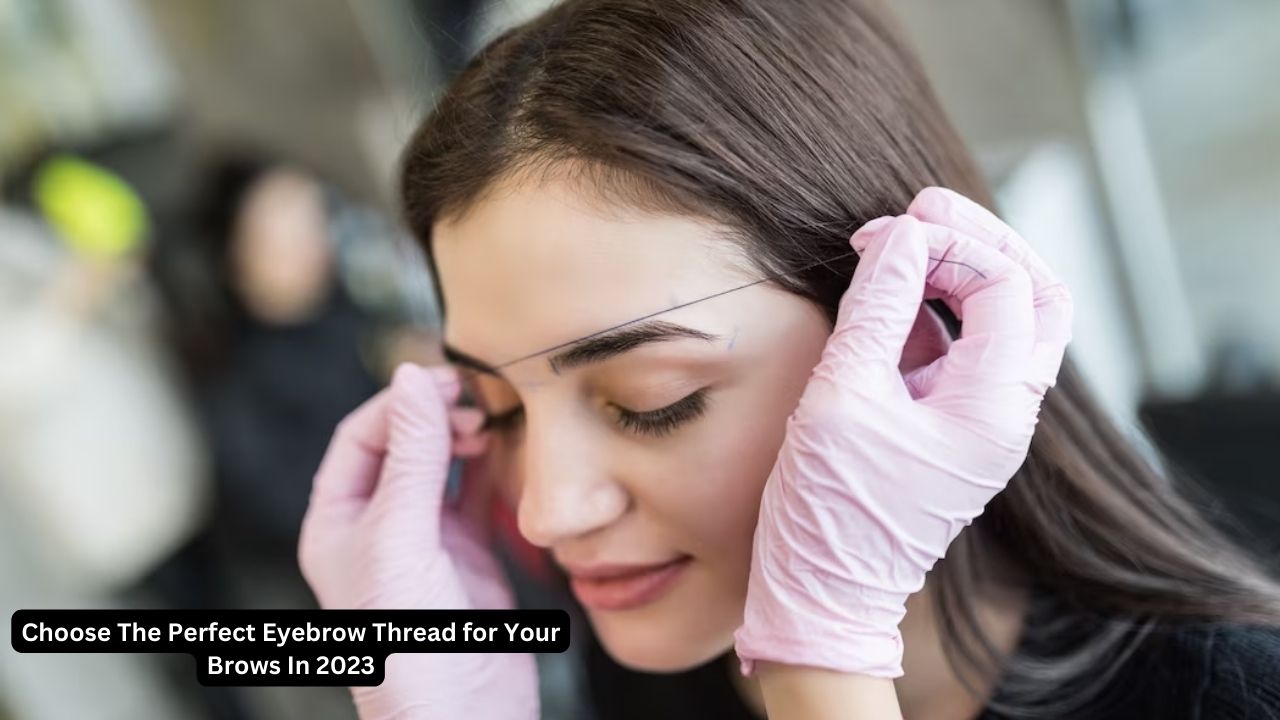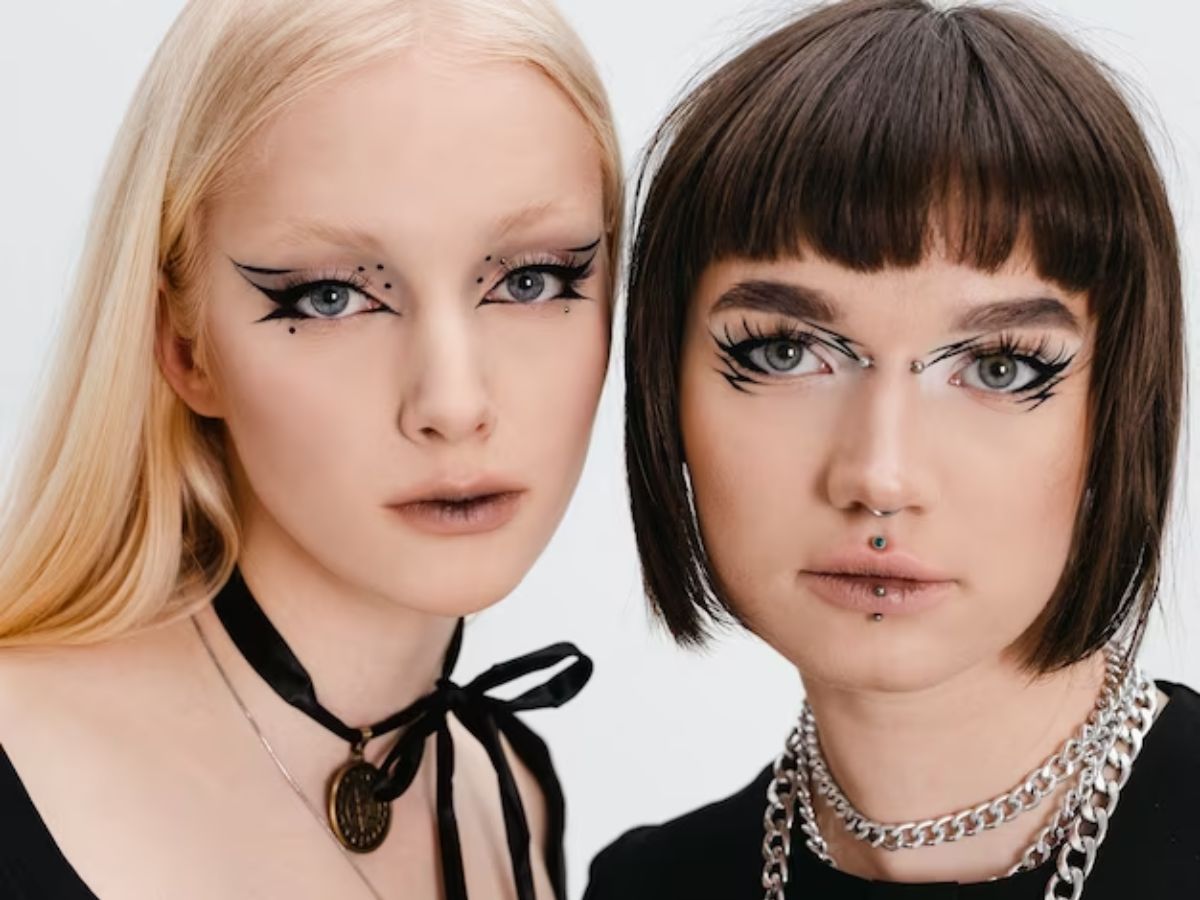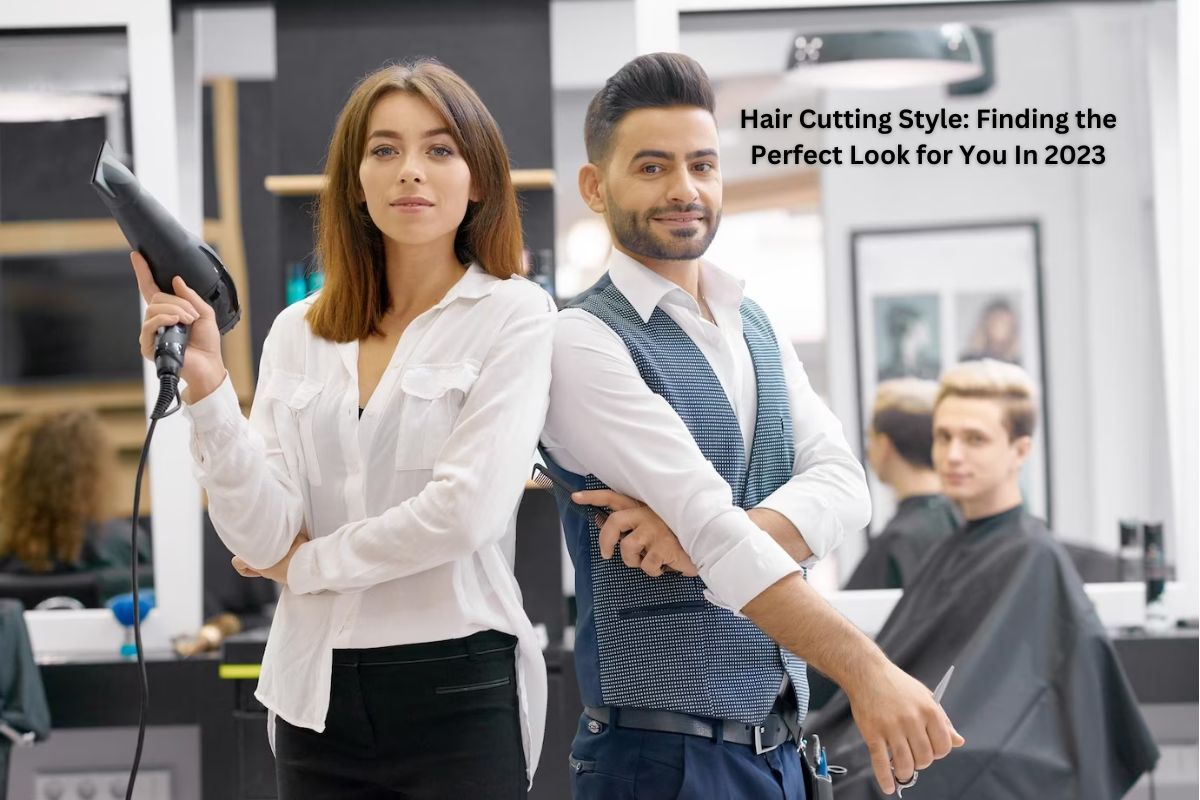Introduction
Beautifully shaped eyebrows can enhance one’s facial features and create a more polished look. While there are various methods to groom eyebrows, eyebrow threading is an ancient technique that has gained immense popularity in recent years. Originating in South Asia, this precise and delicate method has become a go-to choice for many individuals seeking well-defined and symmetrical brows. In this blog, we will delve into the art of eyebrow threading, exploring Eyebrow Thread history, process, benefits, and tips for achieving the perfect arches.
1. The History of Eyebrow Threading
Eyebrow threading traces its roots back to ancient India and the Middle East. It was originally practiced as a traditional hair removal method for women and was later adopted by men as well. The technique involves using a cotton thread to twist and lift unwanted hair from the follicle, creating a clean and defined eyebrow shape. Over time, eyebrow threading migrated to various parts of the world and has now become a widespread beauty practice appreciated for its precision and natural results.
2. The Eyebrow Threading Process
The eyebrow threading process involves a skilled technician using a looped cotton thread to remove unwanted hair with precision. Here’s a step-by-step breakdown of the process:
a. Preparation: The technician cleanses the brow area and may apply a light powder to enhance grip and visibility.
b. Looping the Thread: The thread is twisted and looped to create a lasso-like shape, allowing the technician to trap and remove multiple hairs at once.
c. Hair Removal: The technician skillfully glides the twisted thread along the skin’s surface, swiftly removing hair from the root. They repeat this process until the desired eyebrow shape is achieved.
d. Trimming and Tweezing: To perfect the shape and remove any stray hairs, the technician may trim and tweeze the eyebrows.
e. Soothing the Skin: After threading, a soothing lotion or aloe vera gel may be applied to calm the skin and reduce any potential redness.
3. Benefits of Eyebrow Threading
a. Precise and Defined Shape: Eyebrow threading allows for precise hair removal, resulting in well-defined and symmetrical eyebrows.
b. Less Irritation: Unlike waxing, threading does not involve the use of any chemicals or hot wax, making it gentler on the skin and reducing the risk of irritation or burns.
c. Suitable for Sensitive Skin: People with sensitive skin often find threading more tolerable than waxing, as it does not pull on the skin as much.
d. Longer-Lasting Results: Eyebrow threading removes hair from the root, leading to smoother, longer-lasting results compared to shaving.
4. Tips for Achieving Perfectly Sculpted Brows
a. Find an Experienced Technician: Look for a skilled and experienced eyebrow threading technician to ensure precise and satisfactory results.
b. Communicate Your Preferences: Communicate your eyebrow goals and preferences to the technician, so they understand the shape and thickness you desire.
c. Follow a Natural Brow Shape: Embrace your natural brow shape and work with your technician to enhance and groom them accordingly.
d. Maintain Regular Appointments: Plan regular threading sessions to maintain your eyebrow shape and keep them looking their best.
e. Avoid Over-Plucking: Resist the urge to over-pluck your eyebrows between threading sessions, as this can disrupt the desired shape.
Different Types of Eyebrow Threads
Eyebrow threading has become a highly popular method for achieving well-groomed and beautifully shaped eyebrows. As this ancient hair removal technique has gained traction worldwide, various types of eyebrow threads have emerged to cater to different needs and preferences. In this blog, we will explore the different types of eyebrow threads available in the market, considering their materials, thickness, and textures. Understanding these options will help you select the perfect eyebrow thread for achieving your desired brow look.
1. Cotton Threads
Cotton threads are the most common and widely used type for eyebrow threading. They are gentle on the skin and suitable for all skin types, including sensitive skin. Cotton threads are highly flexible, making them ideal for intricate and precise hair removal. They come in various thicknesses, allowing technicians to choose the right thread for different eyebrow hair textures and thickness levels.
2. Polyester Threads
Polyester threads are a synthetic alternative to traditional cotton threads. They are durable and less likely to break during the threading process. Polyester threads are known for their strength and smooth texture, making them an excellent choice for removing coarse or thick eyebrow hair. However, individuals with sensitive skin may find polyester threads slightly harsher compared to cotton threads.
3. Silk Threads
Silk threads are a luxurious option for eyebrow threading. They are soft, smooth, and gentle on the skin, making them well-suited for individuals with delicate skin. Silk threads are often used for facial threading procedures due to their refined texture. However, they are not as common as cotton or polyester threads and may be slightly more expensive.
4. Anti-Bacterial Threads
Anti-bacterial threads are specially designed to prevent the growth of bacteria on the thread’s surface. These threads offer an added layer of hygiene during the threading process, reducing the risk of infections or irritations. Anti-bacterial threads are typically made from a blend of materials that have natural anti-bacterial properties.
5. Colored Threads
Colored threads are a fun and creative option for eyebrow threading. These threads come in various vibrant colors, allowing you to add a unique touch to your eyebrow grooming experience. Colored threads are often used during special events or celebrations to create eye-catching and festive eyebrow designs.
6. Pre-Waxed Threads
Pre-waxed threads combine the benefits of threading and waxing. These threads have a wax coating that adheres to the hair, making the hair removal process more efficient. Pre-waxed threads are especially useful for removing fine and stubborn hairs that might be challenging to catch with regular threading.
7. Dual-Purpose Threads
Dual-purpose threads are designed to serve multiple functions in the beauty and grooming routine. These threads can be used for eyebrow threading, as well as for other facial hair removal tasks, such as upper lip hair removal and chin hair removal.
8. Organic Threads
For those who prefer natural and eco-friendly options, organic threads made from organic cotton or other plant-based materials are available. These threads are free from chemicals and pesticides, making them an eco-conscious choice for eyebrow threading.
Also Read about Best Mouthwash in 2023
Conclusion
Selecting the right type of eyebrow thread is essential for achieving your desired brow look and ensuring a comfortable threading experience. Whether you opt for traditional cotton threads, luxurious silk threads, or explore colored or organic options, understanding the characteristics of different types of eyebrow threads will help you make an informed decision. Remember to consider your skin type, hair texture, and personal preferences when choosing the perfect eyebrow thread. By entrusting your eyebrows to the right thread and a skilled technician, you can achieve well-groomed, beautifully shaped brows that enhance your facial features and boost your confidence.
Frequently Asked Questions (FAQ) about Eyebrow Threading
What is eyebrow threading, and how does it work?
A: Eyebrow threading is an ancient hair removal technique that involves using a twisted cotton, polyester, or silk thread to remove unwanted hair from the eyebrows. The technician loops and glides the thread along the skin’s surface, trapping and plucking multiple hairs at once, creating a well-defined and precise eyebrow shape.
Is eyebrow threading painful?
A: Eyebrow threading can cause some discomfort, especially during the first few sessions. However, many individuals find it less painful than other methods like waxing, as threading does not involve pulling on the skin. With regular threading, the discomfort tends to decrease over time.
How long do the results of eyebrow threading last?
A: The results of eyebrow threading typically last for about 2 to 4 weeks, depending on your hair growth rate. Threading removes hair from the root, resulting in a smoother and longer-lasting outcome compared to shaving.
Can anyone get their eyebrows threaded?
A: Eyebrow threading is generally safe for most people. However, individuals with certain skin conditions or undergoing specific medical treatments may need to avoid threading. It’s best to consult with a professional technician and inform them about any allergies, skin sensitivities, or medical concerns before the procedure.
How should I prepare for an eyebrow threading session?
A: Before your eyebrow threading session, ensure that your eyebrow area is clean and free from makeup or skincare products. If you have specific preferences for the shape or thickness of your eyebrows, communicate them with the technician to achieve your desired look.
Are there any aftercare tips for eyebrow threading?
A: After threading, you may experience slight redness or mild irritation, which usually subsides quickly. To soothe the skin, you can apply aloe vera gel or a cold compress. Avoid touching or rubbing the threaded area, and refrain from applying makeup for a few hours to prevent potential irritation.
Can eyebrow threading cause ingrown hairs?
A: While eyebrow threading reduces the likelihood of ingrown hairs compared to shaving, it is still possible to experience them. To minimize the risk of ingrown hairs, exfoliate the eyebrow area gently a few times a week to remove dead skin cells that may trap hair.
How long does an eyebrow threading session take?
A: The duration of an eyebrow threading session varies based on individual needs and the amount of hair to be removed. On average, a session can take around 10 to 15 minutes.
Can I thread my eyebrows at home?
A: While some people attempt to thread their eyebrows at home, it is recommended to seek the services of a professional technician. Professional threading ensures precise and symmetrical results, reducing the risk of uneven brows or accidental injuries.
How often should I schedule eyebrow threading sessions?
A: To maintain well-groomed eyebrows, it’s generally recommended to schedule threading sessions every 2 to 4 weeks, depending on your hair growth rate and preferences.
Remember, if you have any specific concerns or questions about eyebrow threading, don’t hesitate to consult with a trained eyebrow technician or beauty professional for personalized advice and guidance.







































